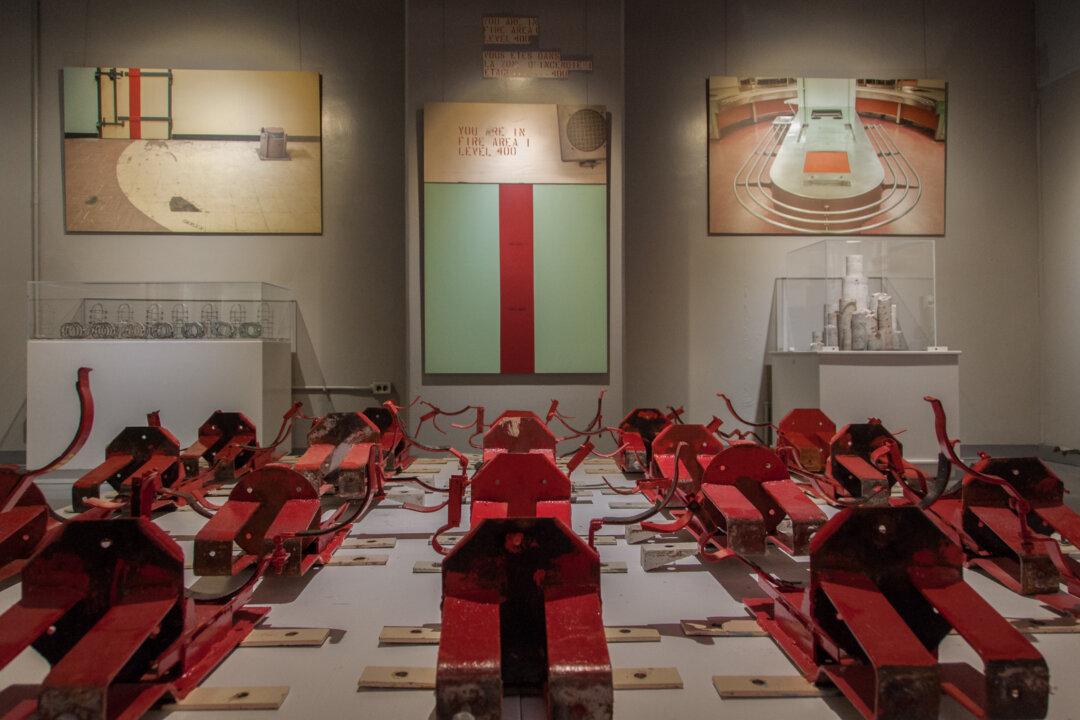“Beautiful Destruction“ is a big book. So, too, is its subject matter and the ambitions of its author, aerial photographer Louis Helbig. Flying an antique 1946 Luscombe aircraft, Helbig photographed the oil fields of northern Alberta and Saskatchewan during the summer of 2008, winter 2012, and for seven weeks during the spring and summer of 2013.
Helbig is not a geographer, nor is “Beautiful Destruction” just a “picture book,” as its author claims. He wants the people of “lower Canada” to know the northern lands, to pull this landscape, this location, into their psyche.
To this end, Helbig—an aerial photographer, artist, and environmentalist—has assembled almost 200 of his photographs into a sizeable book. The photos are interspersed with 16 short essays—15 contributed by notable Canadians with decided points of view on the oilsands, aka tar sands, plus one by the author himself. In his own evocatively titled essay, “Elephants, Airplanes, and Fear,” Helbig argues Canadians have let a “tar/oil elephant stomp about.”





